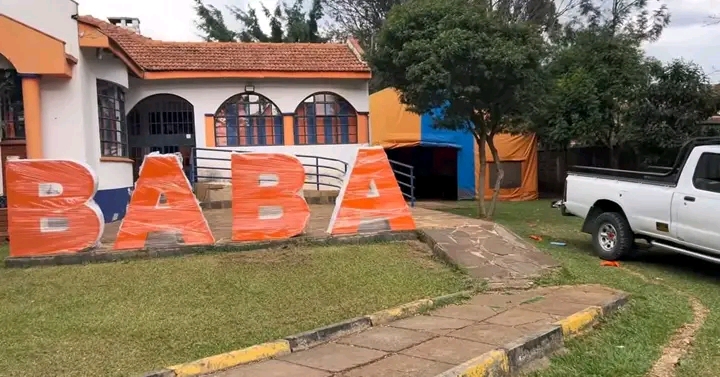
After Raila’s Send-Off: The Uncertain Future of ODM and Kenya’s Political LandscapeAs Kenya slowly returns to normalcy following the emotional send-off of Raila Amollo Odinga, the nation’s long-serving opposition leader, uncertainty hangs heavy over the country’s political future. Raila’s burial in his ancestral home in Bondo, Siaya County, drew thousands of mourners and African dignitaries, marking the end of a political era that defined Kenyan democracy for more than four decades. Yet behind the heartfelt tributes and moving speeches, deeper questions linger — what next for the Orange Democratic Movement (ODM), and who will carry forward the legacy of a man whose name became synonymous with Kenya’s opposition politics?Raila’s sudden passing in India left the political scene in shock, and many Kenyans are still grappling with the mystery surrounding his final exit. For years, he defied retirement speculation, maintaining influence and commanding loyalty across the country’s political divides. His absence has now created a void that no single figure appears ready to fill. Without Raila’s unmatched charisma and strategic leadership, ODM finds itself at a crossroads, uncertain whether it can transform into an institution-driven party or crumble under internal divisions.ODM, founded in 2005 in the wake of the constitutional referendum, became Raila’s political vehicle and the heartbeat of opposition politics. Its orange symbol, representing reform and change, galvanized millions across the nation. But with the party’s identity so deeply intertwined with Raila’s personality, his departure has exposed the fragility of its structure. Analysts warn that ODM’s long-standing unity — built largely on loyalty to its leader — could now face serious tests. Potential successors such as Wycliffe Oparanya, Hassan Joho, and Opiyo Wandayi have emerged as possible torchbearers, yet no clear consensus has formed. Behind the scenes, quiet power tussles are already taking shape, threatening to fracture the party’s once-solid foundation.The ODM bedrock — traditionally rooted in Nyanza, Western, and Coastal regions — is also under pressure. Younger leaders and emerging voices are calling for a new political philosophy that moves beyond personality politics toward issue-based leadership. Some of Raila’s former allies have begun gravitating toward President William Ruto’s Kenya Kwanza administration, seeking new alignments in a fast-changing political climate. At the grassroots, supporters are anxious about ODM’s future. “Raila was our voice and hope,” said Margaret Achieng from Kisumu. “Without him, we fear ODM will lose direction.”Insiders within the party are now urging the convening of a national convention to restructure ODM’s leadership and redefine its identity in the post-Raila era. Some advocate for collective leadership rather than a single dominant figure, while others push for generational transition to rejuvenate the party’s appeal among younger voters. Political analysts argue that the coming months will be decisive — either ODM will reinvent itself or risk being swallowed by internal discord and external political realignments.Raila’s absence also leaves a significant void in the national opposition space. The Azimio la Umoja coalition, which he led into the 2022 general election, faces an uncertain future without its central figure. Key allies such as Kalonzo Musyoka, Martha Karua, and Eugene Wamalwa are now expected to jostle for influence, potentially reshaping the opposition landscape. For President Ruto, the loss of his strongest political rival might ease immediate pressure but could also open space for new and unpredictable challenges as emerging leaders vie for dominance.Still, Raila Odinga’s legacy will endure beyond his party’s struggles. His lifelong fight for democracy, devolution, and social justice cemented his place in Kenya’s history. Whether ODM survives or fades, his vision for a fair and accountable Kenya remains etched in the hearts of millions. The post-Raila era will test not just ODM’s resilience, but the stability of Kenya’s entire opposition movement — a moment that could redefine the country’s political future for years to come.
